Most distant galaxy candidate yet
Tuesday, 12 April 2022 00:05 An international astronomer team has discovered the most distant galaxy candidate to date, named HD1, which is about 13.5 billion light-years away. This discovery implies that bright systems like HD1 existed as early as 300 million years after the Big Bang. This galaxy candidate is one of the targets of the James Webb Space Telescope launched late last year. If observations with the James Webb S
An international astronomer team has discovered the most distant galaxy candidate to date, named HD1, which is about 13.5 billion light-years away. This discovery implies that bright systems like HD1 existed as early as 300 million years after the Big Bang. This galaxy candidate is one of the targets of the James Webb Space Telescope launched late last year. If observations with the James Webb S NASA working around valve issue to complete testing of Artemis
Tuesday, 12 April 2022 00:05 NASA on Tuesday plans to proceed with modified pre-launch tests of its next mega moon rocket, the Space Launch System.
The tests have been delayed due to a valve issue with the rocket's upper stage, agency officials said Monday, but they will be working around it - by not fully fueling the rocket - in order to finish the tests.
Issues with the rocket's helium pressure system --
NASA on Tuesday plans to proceed with modified pre-launch tests of its next mega moon rocket, the Space Launch System.
The tests have been delayed due to a valve issue with the rocket's upper stage, agency officials said Monday, but they will be working around it - by not fully fueling the rocket - in order to finish the tests.
Issues with the rocket's helium pressure system -- L3Harris awarded $117M space object-tracking modernization contract
Tuesday, 12 April 2022 00:05 L3Harris Technologies (NYSE:LHX) has been awarded $117 million for option-year three of a U.S. Space Force and U.S. Space Command contract to continue maintaining and modernizing infrastructure to track objects in space. The Maintenance Of Space Situational Awareness Integrated Capabilities (MOSSAIC) program has an estimated contract value of $1.2 billion over 10 years.
L3Harris won the in
L3Harris Technologies (NYSE:LHX) has been awarded $117 million for option-year three of a U.S. Space Force and U.S. Space Command contract to continue maintaining and modernizing infrastructure to track objects in space. The Maintenance Of Space Situational Awareness Integrated Capabilities (MOSSAIC) program has an estimated contract value of $1.2 billion over 10 years.
L3Harris won the in 17-year Neptune study reveals surprising temperature changes
Tuesday, 12 April 2022 00:05 The heating-and-cooling changes of Neptune's atmospheric and global temperatures have caught the attention of the astronomers who have monitored them over 17 years, a study released Monday shows.
The expert international team spent nearly two decades keeping a close watch on the gaseous planet's temperatures using ground-based telescopes, including the European Southern Observatory's Ve
The heating-and-cooling changes of Neptune's atmospheric and global temperatures have caught the attention of the astronomers who have monitored them over 17 years, a study released Monday shows.
The expert international team spent nearly two decades keeping a close watch on the gaseous planet's temperatures using ground-based telescopes, including the European Southern Observatory's Ve First-of-its-kind detection of reduced human CO2 emissions
Tuesday, 12 April 2022 00:05 For the first time, researchers have spotted short-term, regional fluctuations in atmospheric carbon dioxide (CO2) across the globe due to emissions from human activities.
Using a combination of NASA satellites and atmospheric modeling, the scientists performed a first-of-its-kind detection of human CO2 emissions changes. The new study uses data from NASA's Orbiting Carbon Observatory-2 (O
For the first time, researchers have spotted short-term, regional fluctuations in atmospheric carbon dioxide (CO2) across the globe due to emissions from human activities.
Using a combination of NASA satellites and atmospheric modeling, the scientists performed a first-of-its-kind detection of human CO2 emissions changes. The new study uses data from NASA's Orbiting Carbon Observatory-2 (O Chinese satellite ground station receives Landsat-9 data
Tuesday, 12 April 2022 00:05 The China Remote Sensing Satellite Ground Station has formally acquired the capability to receive, process and distribute the data product transmitted from the Landsat-9 satellite, according to the Aerospace Information Research Institute, Chinese Academy of Sciences.
The station has received data from the Landsat-5 since 1986. It also provides Landsat-7 and Landsat-8 observation data for
The China Remote Sensing Satellite Ground Station has formally acquired the capability to receive, process and distribute the data product transmitted from the Landsat-9 satellite, according to the Aerospace Information Research Institute, Chinese Academy of Sciences.
The station has received data from the Landsat-5 since 1986. It also provides Landsat-7 and Landsat-8 observation data for Moog opens spacecraft-integration facility
Monday, 11 April 2022 22:22
Moog Inc. is quadrupling the size of its Colorado space vehicle production facility as the New York-based company long known as a spacecraft component supplier expands its role as a space vehicle integrator.
The post Moog opens spacecraft-integration facility appeared first on SpaceNews.
Checking in on the cameras of NASA's asteroids-bound Lucy spacecraft
Monday, 11 April 2022 20:21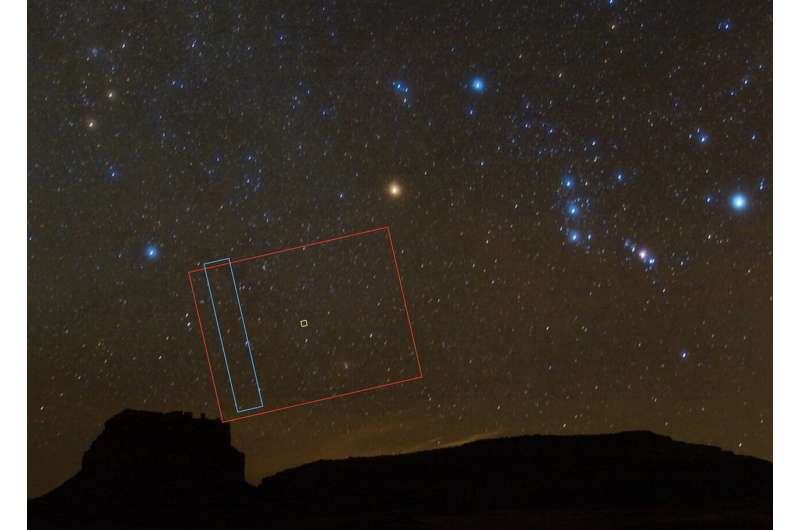
On Feb. 14, NASA's Lucy spacecraft, which is in the first few months of its journey to the Trojan asteroids, obtained a series of calibration images with its four visible-light cameras.
Download your ‘News from the 37th Space Symposium’ special digital edition
Monday, 11 April 2022 16:52
The SpaceNews editorial team produced four show dailies, a nightly email newsletter and all-day web coverage during the 37th Space Symposium in Colorado Springs the week of April 4.
We’ve compiled all our reporting into a special digital edition that's free.
Giant space telescopes could be made out of liquid
Monday, 11 April 2022 16:24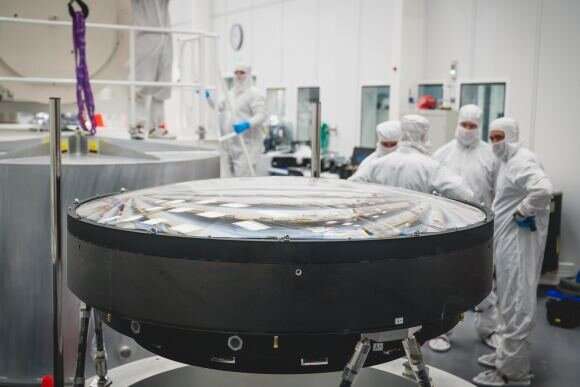
The Hubble space telescope has a primary mirror of 2.4 meters. The Nancy Grace Roman telescope also has a mirror measuring 2.4 meters, and the James Webb Space Telescope has a whopping 6.5 meter primary mirror. They get the job done that they were designed to do, but what if… we could have even bigger mirrors?
The larger the mirror, the more light is collected. This means that we can see farther back in time with bigger mirrors to observe star and galaxy formation, image exoplanets directly, and work out just what dark matter is.
But the process for creating a mirror is involved and takes time. There is casting the mirror blank to get the basic shape. Then you have to toughen the glass by heating and slow cooling. Grinding the glass down and polishing it into its perfect shape comes next followed by testing and coating the lens.
3D-printed bone for emergency medicine in space
Monday, 11 April 2022 15:23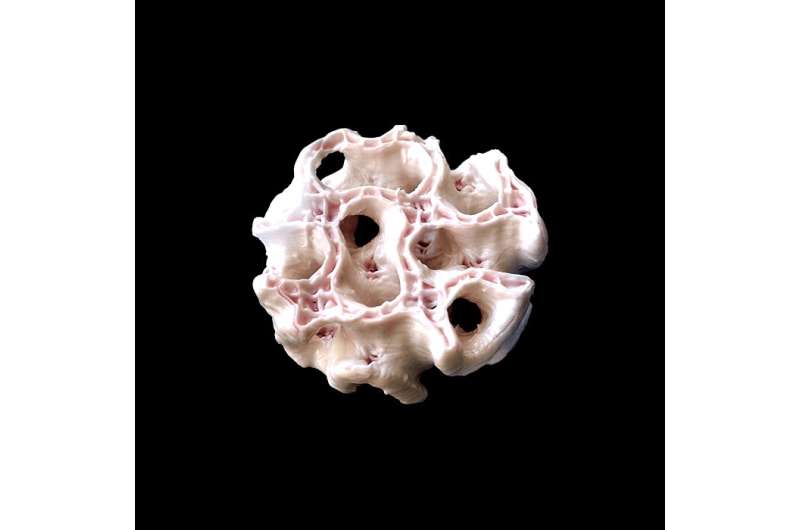
This artificial bone sample is an early step towards making 3D bioprinting a practical tool for emergency medicine in space. An ESA R&D effort aims to develop bioprinting techniques capable of giving astronauts on an extended mission ready access to the "spare parts" needed for bone or skin grafts, and even complete internal organs.
3D bioprinting may soon be practical on Earth, and could help meet the challenging conditions of spaceflight. Astronauts in zero or low gravity lose bone density, for example, so fractures may be more likely in orbit or on Mars.
Or, treating a burn often involves a graft of skin taken from a patient's body—manageable on Earth with full hospital care but more risky in space, as the secondary damage may not heal easily.
Skin or bone can be bioprinted using a nutrient-rich "bio-ink" of human blood plasma, available from the astronauts themselves. By working upside down—in "minus 1g" gravity—the team has shown they can probably do it in space.
This bone sample is part of the first selection of items on the 99 Objects of ESA ESTEC website, a set of intriguing, often surprising artifacts helping tell the story of more than half a century of activity at ESA's technical heart.
How scientists analyzed the aerodynamic characteristics of the Tianwen-1 Mars parachute
Monday, 11 April 2022 15:20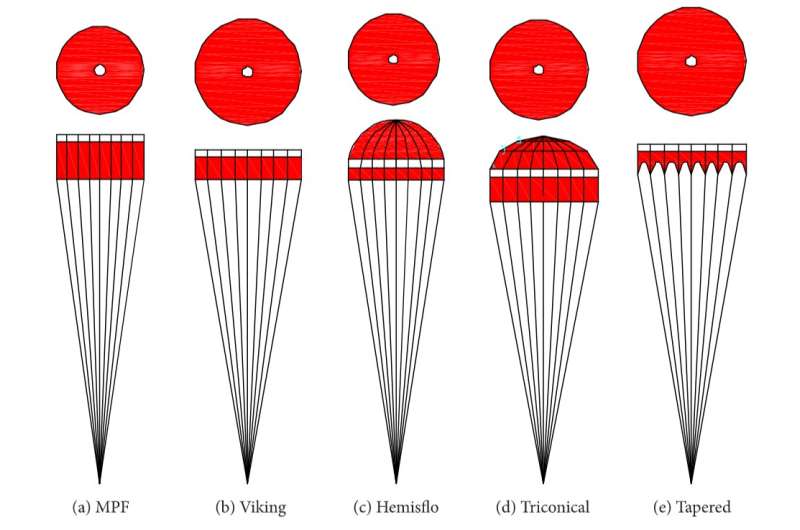
Space National Guard put on indefinite hold
Monday, 11 April 2022 15:05
Instead of having a dedicated reserve force, the U.S. Space Force would have a regular active-duty force with full-time and part-time members, according to a proposal the Department of the Air Force submitted to Congress April 1.
Connecting the Dots | Diverging NGSO distribution strategies
Monday, 11 April 2022 15:00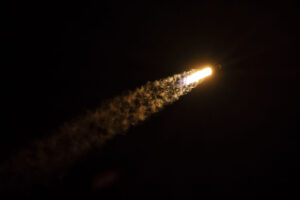
After revolutionizing the launch industry through vertical integration, SpaceX hopes to do the same for satellite broadband with its Starlink megaconstellation.
The post Connecting the Dots | Diverging NGSO distribution strategies appeared first on SpaceNews.
Q&A with ESA astronaut Samantha Cristoforetti
Monday, 11 April 2022 15:00 Video:
01:26:47
Video:
01:26:47
Watch the replay of our live Q&A media session (In English and Italian) with ESA astronaut Samantha Cristoforetti.
Samantha is scheduled to be launched to the International Space Station from NASA’s Kennedy Space Centre in Florida, USA, no earlier than 21 April 2022. She will fly to the Station as a Mission Specialist aboard a SpaceX Crew Dragon spacecraft alongside NASA astronauts Kjell Lindgren, Bob Hines and Jessica Watkins.
Upon arrival at the orbital outpost her ESA mission ‘Minerva’ will officially begin. This is the second space mission for Samantha and will see her support over 35 European and

